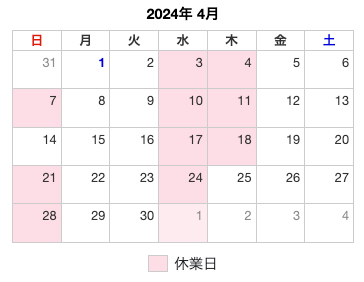
Reading Time: <1 minutehttps://news.yahoo.co.jp/articles/cd03d70cdd23b5ad36642d5f86d1e611f9bd297d
It was a tragic accident.In dentistry, there is no end to the deaths of infants and children due to xylocaine poisoning every year.There are many cases where doctors, like many people, simply assume that local anesthesia is safe and that there are no risks because it is local anesthesia, and do not pay attention to the concentration and amount of anesthesia injected.In the past, a woman in her XNUMXs was given local anesthesia for armpit surgery and died due to xylocaine poisoning at a cosmetic surgery clinic in Tokyo, which was widely covered in the news.In dentistry, anesthesia is performed using xylocaine, or lidocaine hydrochloride, at a concentration of XNUMX%.Even in cosmetic surgery, a high concentration of XNUMX% may be used for a long period of time.However, anesthesia is sufficiently effective even at concentrations as low as XNUMX%.Especially if anesthesia is used at one-tenth the concentration, there is almost no risk and it is highly unlikely that an accident will occur.For treatments such as MiraDry and Beauhot, there are many facilities in which a doctor administers anesthesia and then a nurse performs the treatment, and the current situation is that treatment is recommended without examining the patient's reaction or condition after local anesthetic injection. I am concerned that anesthesia accidents may occur during armpit treatment.At our hospital, we use XNUMX% local anesthesia as a general rule to ensure that anesthesia accidents never occur and that there is no burden on the patient's body.Anesthesia for the treatment of armpit bloating and hyperhidrosis is local, which does not mean it is safe, but it is something that patients should be aware of before undergoing treatment.




